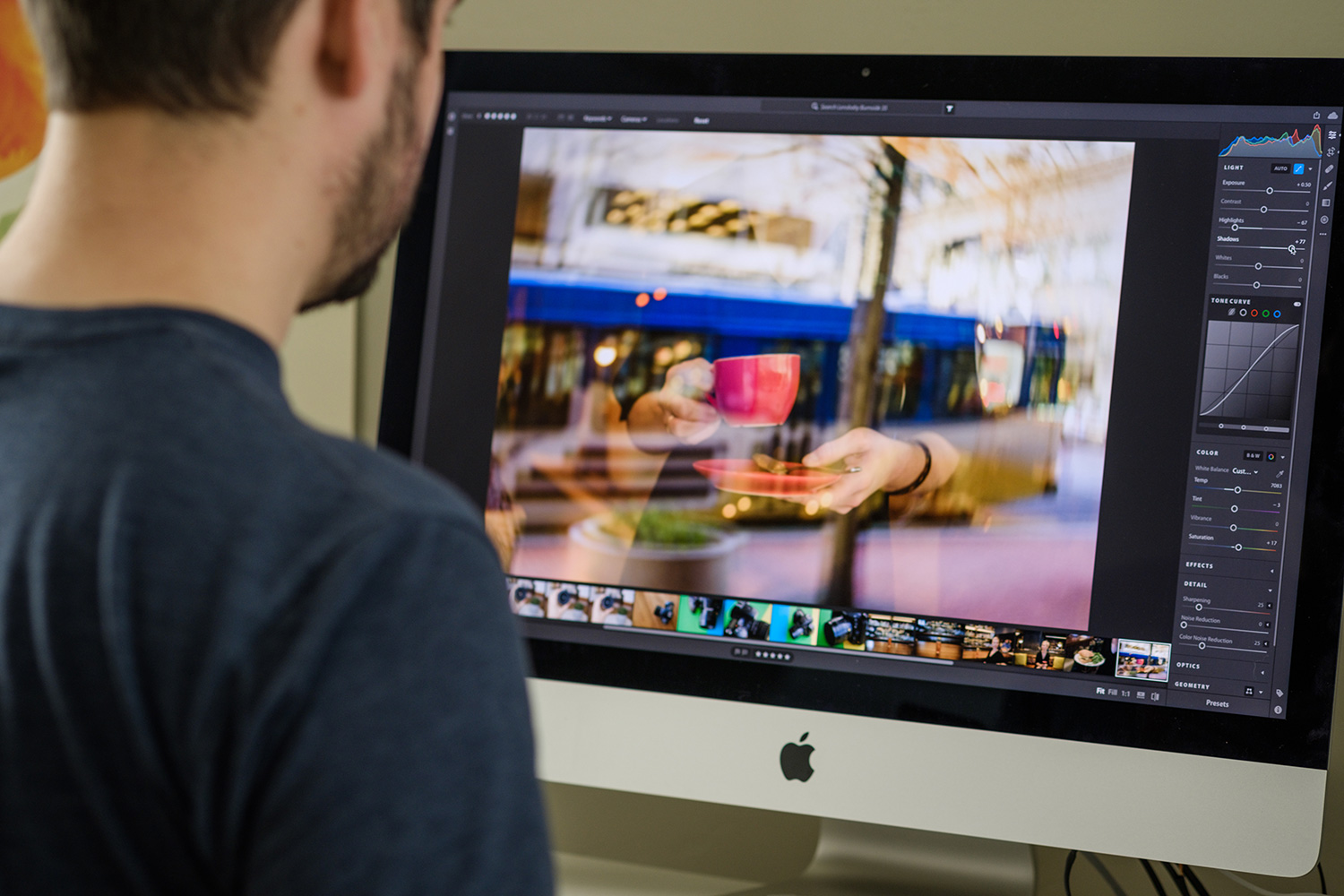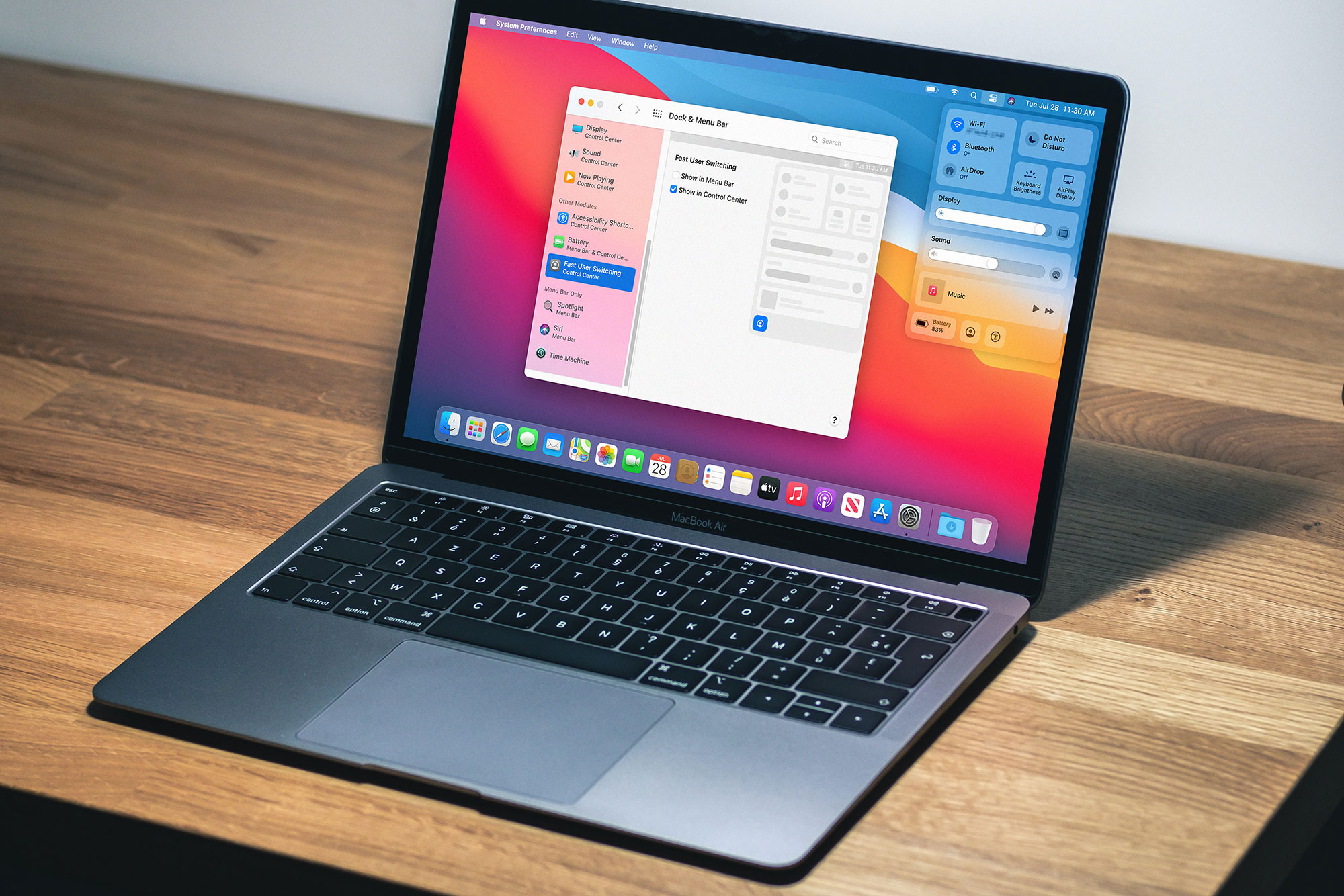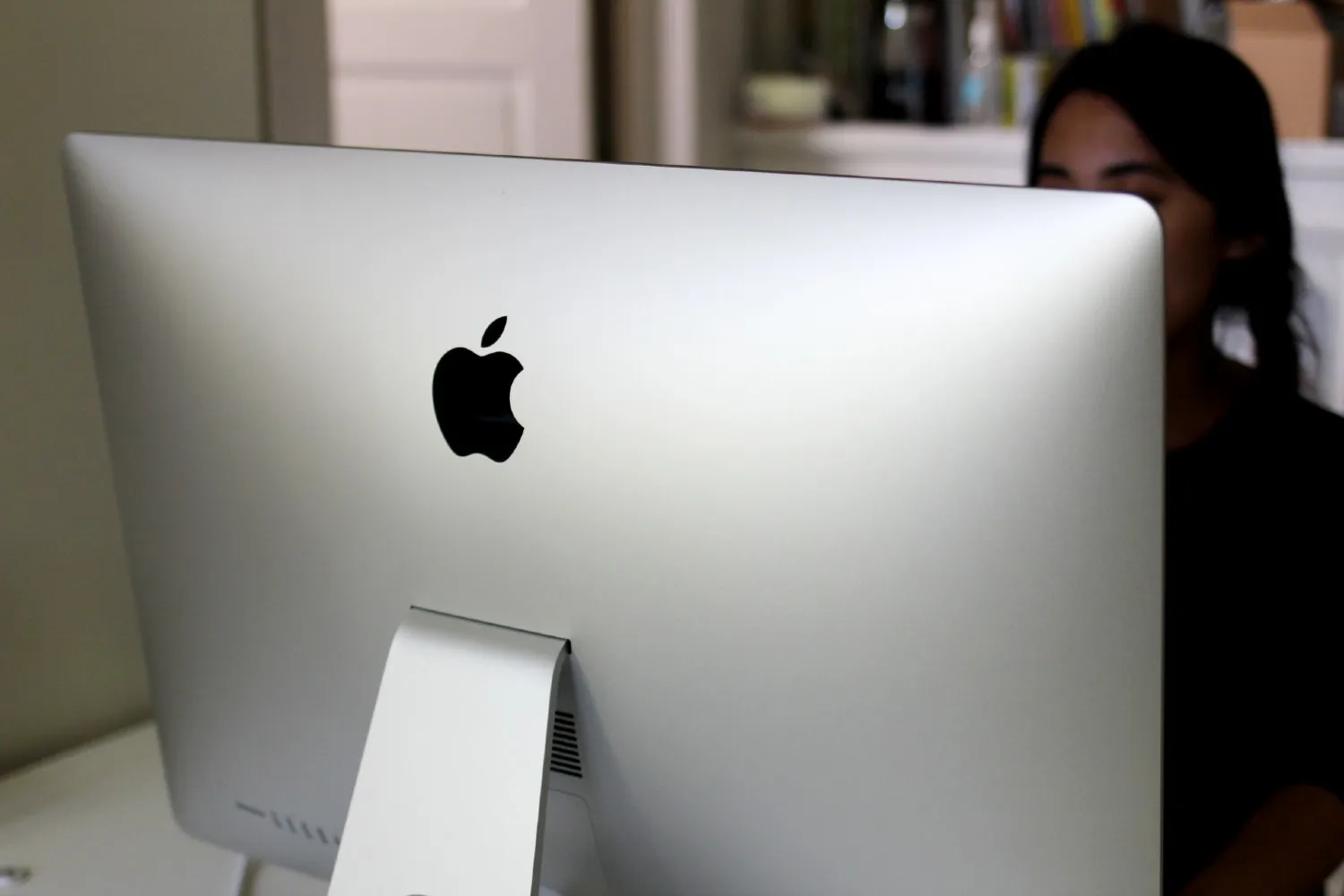With the release of MacOS Big Sur, Apple leaves the world of MacOS X and enters a new generation — MacOS 11. Big Sur brings new abilities to the Mac, including a redesigned user interface, a significant update to Safari, and tweaks promised to increase performance and power efficiency.
What happens what you start to have problems, though? As with any operating system, MacOS Big Sur comes with its own issues. Here are the most common MacOS Big Sur problems and how to fix them.
Problem: MacOS Big Sur won’t install on your machine
If you’re having problems installing MacOS Big Sur on your Mac, first ensure that you have a compatible machine (listed below). Otherwise, check that your device has enough free storage space on the main hard drive or solid-state drive to install the new OS properly — you will need 50GB of free space to proceed with the install.
Compatible Macs
- MacBook: Early 2015 or newer
- MacBook Air: Mid 2013 or newer
- MacBook Pro: Late 2013 or newer
- Mac Mini: Late 2014 or newer
- iMac: Mid 2014 or newer
- iMac Pro: All models
- Mac Pro: Late 2013 or newer
If you have at least 50 GB of free space on your machine and Mac OS Big Sur still complains there isn’t enough space, Time Machine is likely the culprit. Time Machine stores snapshots of your drive to assist with its next backup. You can temporarily clear out these Time Machine snapshots to solve the issue. Follow the steps below to remove your Time Machine backups and then install Mac OS Bir Sur.
Step 1: Open the Terminal app on your Mac.
Step 2: Type tmutil listlocalsnapshots / and press Enter to show all the snapshots on your machine; the snapshots will appear as files starting with the word “com.”
Step 3: To delete each snapshot, type sudo tmutil deletelocalsnaps, then the name of the snapshot. Ex: sudo tmutil deletelocalsnapshots 2020-08-05-002051
Step 4: Repeat the above command to delete all snapshots.
Step 5: Once complete, typing tmutil listlocalsnapshots / and pressing Enter will not display any Time Machine snapshots.
Step 6: Now attempt to install MacOS Big Sur.
Issue: MacOS Big Sur drains the battery fast or displays battery issues
Some users have reported that after installing MacOS Big Sur, their MacBook or MacBook Pro’s battery life has become dramatically shortened. Additionally, some users are receiving a message with a battery service warning. Luckily, this issue is easily fixable following the instructions below to reset your Mac’s PRAM.
Step 1: Turn off your MacBook.
Step 2: Hold down the Command + Option + P + R keys.
Step 3: Turn the machine on, and continue to hold down the keys mentioned above.
Step 4: Once you see the Apple logo appear and disappear three times, release the buttons.
Step 5: Your MacBook should now boot normally.

Bug: Unable to sign in after installing MacOS Big Sur
If you’ve found that you are no longer able to log into your computer after an install of MacOS Big Sur, begin by making sure that you are entering the correct password. If the login info is right, you can attempt to reset your machine’s SMC (System Management Controller) to resolve the issue.
On an iMac, simply shut the machine off and unplug the power cable for 30 seconds. Otherwise, if you have a MacBook, you’ll need to go through a slightly more complicated procedure. This process can differ whether or not your Mac has an Apple T2 security chip. First, follow the instructions below to discover if your machine has a T2 chip.
Step 1: Press and hold the Option key on your keyboard.
Step 2: With the key still held down, click on the Apple menu in the Mac toolbar.
Step 3: Select System Information.
Step 4: On the left, select the Controller option.
Step 5: If you now see something on the right side of the window that says Apple T2 chip, your machine has the T2 chip; otherwise, your device does not have the T2 chip.
Reset SMC if your MacBook has a T2 chip
Step 1: Shut down your Mac.
Step 2: Press and hold the Power button for 10 seconds.
Step 3: Ensure your Mac is still off. If not, shut it down again.
Step 4: Press and hold the Control + Option + Shift keys.
Step 5: Count to 10, then press and hold the Power button.
Step 6: Continue holding all keys and the Power button for 10 seconds.
Step 7: Release the buttons, and attempt to power on your Mac.
Reset SMC if your MacBook doesn’t have a T2 chip
Step 1: Shut down your Mac.
Step 2: Press and hold the Control + Option + Shift keys.
Step 3: Continue holding all keys and press the Power button.
Step 4: Hold all keys and the Power button for 10 seconds.
Step 5: Release the buttons, and attempt to power on your Mac.
Problem: Bluetooth or Wi-Fi has stopped working in Big Sur
If your Bluetooth or Wi-Fi connectivity has stopped working after installing MacOS Big Sur, you aren’t alone, but the fix is relatively easy. If Bluetooth is the issue, simply hold down the Shift key, click on the Bluetooth icon in your menu bar, select the Debug option, and choose Reset the Bluetooth Module. If Wi-Fi is the issue, we recommend resetting your Mac’s SMC. Follow the steps below to reset your Mac’s SMC.
Step 1: Shut down your Mac.
Step 2: Hold down the Shift + Control + Option keys on your keyboard.
Step 3: Keeping the keyboard keys held down, hold down the Power button.
Step 4: Keep all keys and the Power button pressed for 10 seconds.
Step 5: Release the keys and turn on your Mac.

Issue: Your apps aren’t working under MacOS Big Sur
Some users found that, after installing MacOS Big Sur, their go-top apps no longer worked. If that’s the case, try uninstalling the app and then installing it again. Occasionally, a reboot is all a program needs to get working again. Resetting the app under this specific OS may help it communicate better. If the issue persists beyond that, try checking the software manufacturer’s site for details. Double-check that the app is even compatible with Big Sur.

Problem: Your ability to sign in with TouchID has stopped
Several people reported that they were not able to sign into TouchID. Fortunately, there’s a quick fix for this. Try to reset your Mac’s SMC through the instructions below. If that isn’t successful, you could always consider removing and re-adding your fingerprint through System Preferences. Click on the tab Touch ID.
Step 1: Shut down your Mac.
Step 2: Hold down the Shift + Control + Option keys on your keyboard.
Step 3: Hold the keys down while you press the Power button.
Step 4: Keep all of the keyboard keys and the Power button pressed for 10 seconds.
Step 5: Let go of all of the keys and turn on the Mac.

Bug: Mac is stuck on Activation Lock
After upgrading to MacOS Big Sur, a few users have complained that their computer became stuck under Apple’s activation lock. Unfortunately, we don’t have any quick fixes or workarounds for this problem. As it’s a situation where you’re locked out of your system entirely, the problem is considered a serious issue. We recommend that you call Apple Support and see if they can figure it out on their end. If they’re not successful in solving it over the phone, then try bringing your Mac to the Genius Bar at an Apple Store.





